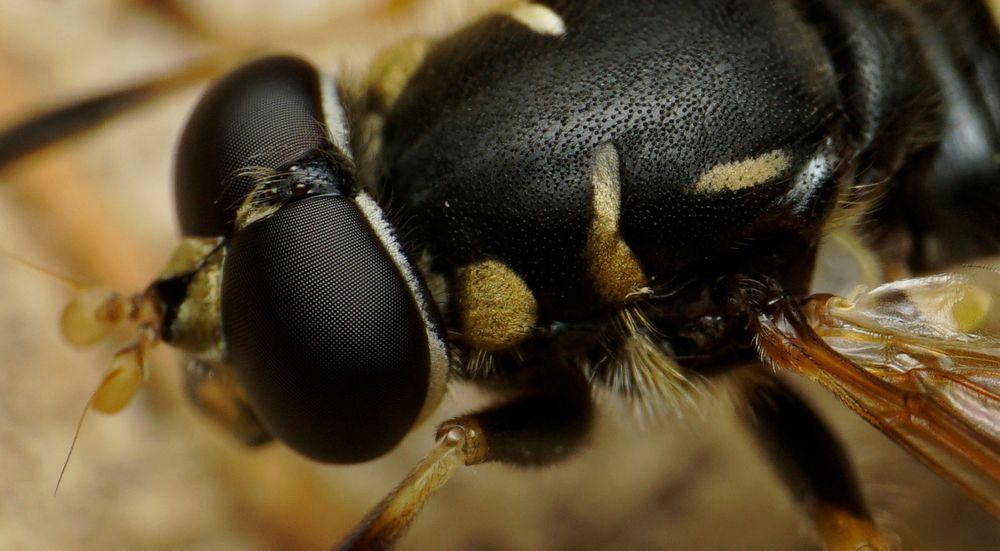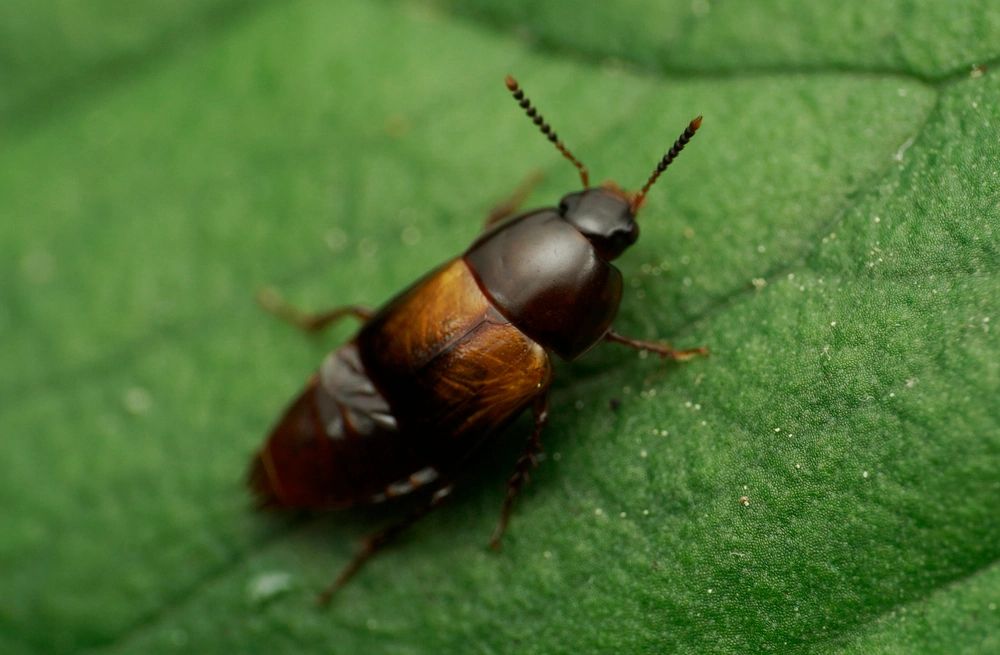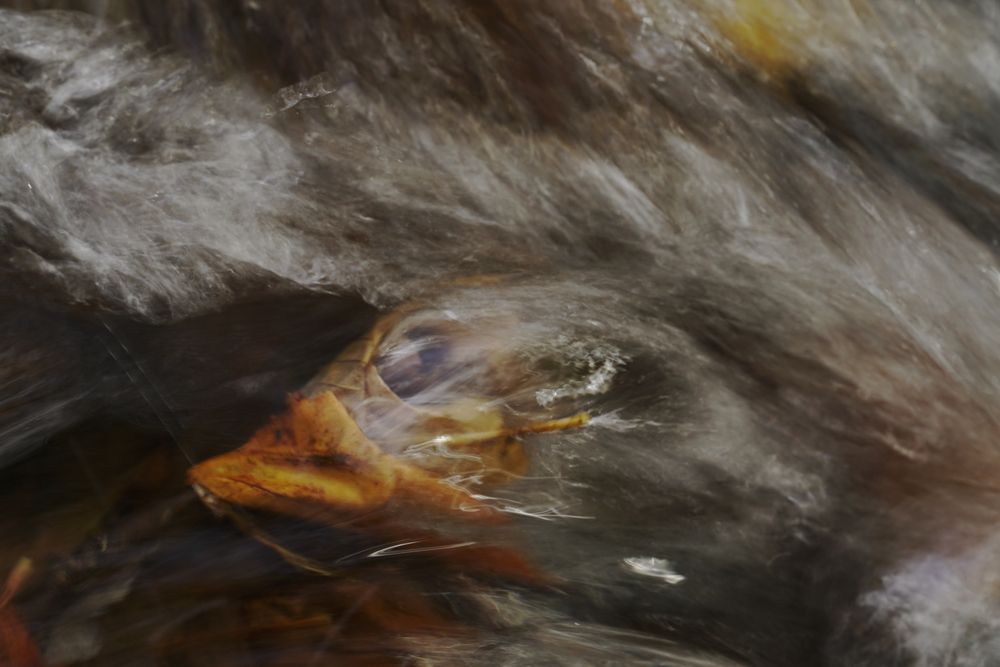https://alittlewild.blog bugs
https://anaturalslant.wordpress.com nature photos
https://edgeofthecircle.net writings



2) Ichneumonidae, I think Cryptinae. iNaturalist goes further and suggests Mesostenus
3) Damselfly, perhaps dancer
4) Damselfly that took off just as I was pressing the trigger :-)




2) Ichneumonidae, I think Cryptinae. iNaturalist goes further and suggests Mesostenus
3) Damselfly, perhaps dancer
4) Damselfly that took off just as I was pressing the trigger :-)
1) Six-spotted tiger beetle, Cicindela sexguttata
2) Naphrys pulex jumping spider
3) Pseudacris crucifer spring peeper
4) same




1) Six-spotted tiger beetle, Cicindela sexguttata
2) Naphrys pulex jumping spider
3) Pseudacris crucifer spring peeper
4) same
1) Toxomerus syrphid fly
2) Membracid, Smiliinae, Telamona reclivata perhaps?
3) Tytthonyx soldier beetle (Cantharidae)
4) Deltometopus cf amoenicornis, which is NOT in Elateridae.




1) Toxomerus syrphid fly
2) Membracid, Smiliinae, Telamona reclivata perhaps?
3) Tytthonyx soldier beetle (Cantharidae)
4) Deltometopus cf amoenicornis, which is NOT in Elateridae.
1) Ichneumonid wasp, probably Pimplinae, perhaps Itoplectis conquisitor
2) Poemeniinae wasp in Ichneumonidae
3) same
4) Tachinidae fly




1) Ichneumonid wasp, probably Pimplinae, perhaps Itoplectis conquisitor
2) Poemeniinae wasp in Ichneumonidae
3) same
4) Tachinidae fly
2) Pityohyphantes?
3) Anystis mite



2) Pityohyphantes?
3) Anystis mite
2) Syrphid fly, Temnostoma balyras
3) Temnostoma balyras
4) Maevia inclemens, dimorphic jumping spider




2) Syrphid fly, Temnostoma balyras
3) Temnostoma balyras
4) Maevia inclemens, dimorphic jumping spider
2) Fulgorid planthopper nymph
3) Polypsocus corruptus (what a name)
4) Polypsocus corruptus




2) Fulgorid planthopper nymph
3) Polypsocus corruptus (what a name)
4) Polypsocus corruptus
2) Tachinus cf fimbriatus?
3) Oxyporus quinquemaculata
4) Elonus in Aderidae?




2) Tachinus cf fimbriatus?
3) Oxyporus quinquemaculata
4) Elonus in Aderidae?


These are brood parasites, and are famous for dive bombing their eggs into other insects’ nests, literally on the fly (was the pun intended? I’ll never say).


These are brood parasites, and are famous for dive bombing their eggs into other insects’ nests, literally on the fly (was the pun intended? I’ll never say).




























